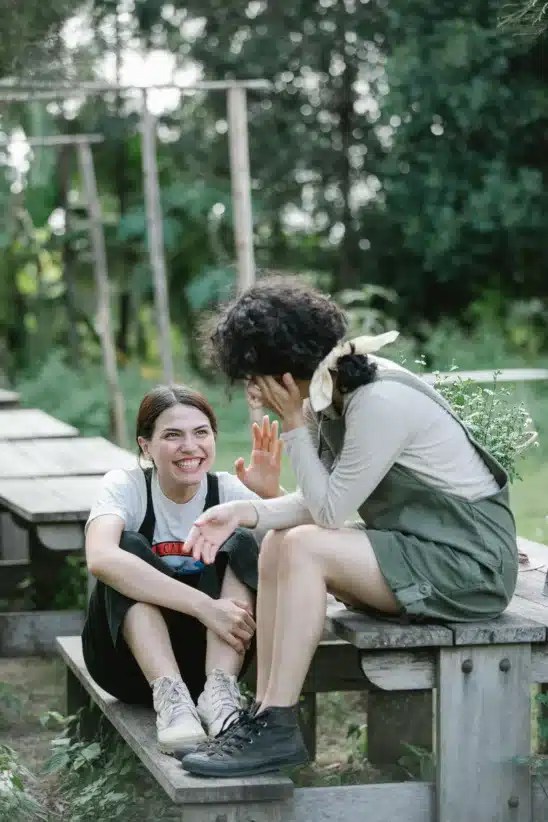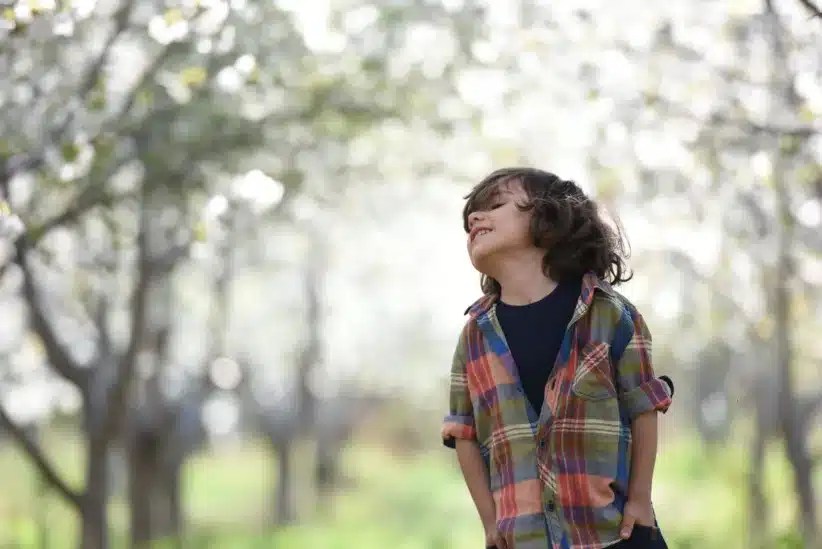
Almost all summer camps, even computer camps, provide children with opportunities to unplug from technology, participate in new activities, and learn important life skills such as self-confidence, independence, and leadership. But there’s a sliding scale, with some camps offering a typical mix of activities—like swimming and arts and crafts—in rural, woodsy settings, while others fully embrace the great outdoors like a second home. These great outdoors programs allow children to go back to the basics of camping, appreciate the natural environment, live without certain modern conveniences, and really concentrate on outdoor living. Camps typically offer shorter sessions, including one- to two-week options, which give families flexibility and pricing to better fit their lifestyle and budget. For the camper looking to get back to nature, here are five great options:
1. YMCA Camp Chingachgook is a not-for-profit, co-ed sleepaway camp in Kattskill Bay, NY. At Chingachgook, campers live in yurts or cabins with bathrooms located outside their housing. The campers gather in a big group for a three-day backpacking or canoeing trip. “All of our campers participate in the three-day hike program in ways that are appropriate for the age of the camper,” says George Painter, Executive Director of YMCA Camp Chingachgook. The Sunday prior to the trip, campers spend the day learning how to pack their backpack, set up a tent, stay hydrated, and prepare for rain. On the hike, campers learn how to navigate the wilderness, cook their own food, and appreciate and care for their natural surroundings. “The trip provides character building and is an important experience for children to have,” adds Painter. “When the campers return to camp, they bring back an appreciation for their bunks and bathrooms with running water, and then when they go home, they appreciate their home world more.” cdymca.org
2. Eden Village, another not-for-profit program, is a co-ed Jewish environmental camp in Putnam Valley, NY, rooted in farming and nature. As campers develop outdoor living skills, they can enjoy organic farming while milking goats and harvesting wheat for challah bread. They also participate in the wilderness skills program and cultivate such abilities as cooking outside, identifying plants, building fires, assembling shelter with branches and wood, tracking animals, and orienteering. All campers overnight under the stars during the summer and some choose to build their own shelter and sleep in it. With the camp located close to the Appalachian Trail, children have the chance to backpack throughout the trail and cook dinner over a fire. “Our whole program is built toward full-cycle experiences that empower our campers as producers and not just consumers of goods and culture,” says Vivian Lehrer Stadlin, Director of Eden Village. “EdenVillage has many of the camp activities that other camps have—such as art, music, boating, culinary arts, and fine arts—but our camp’s philosophy is reflected in them. Our campers make their own puppets for the play, make candles from beeswax, and create clothing, shoes, and chairs.” edenvillagecamp.org
3. Camp Ma-He-Tu is a not-for-profit, girls sleepaway camp located in Bear Mountain, NY. At Ma-He-Tu, the youngest campers live in screened-in cabins that have the modern convenience of artificial light, while the bathrooms and showers are located a short walk from the bunks. The oldest campers live in platform tents with no electricity, also with nearby bathrooms and showers. The campers take advantage of their location within Harriman State Park, utilizing the many hiking trails throughout the area. Summer campers enjoy overnight hikes with their sleeping bags and campfire dinners of hamburgers and hotdogs.
Camp Ma-He-Tu has plenty of activities that meet the expectations of today’s campers, including ropes courses and a zipline. They’ve remained traditional with swimming in the lake (no pool access) and canoe portaging, in which they paddle through a series of lakes and carry canoes from one body of water to the next. Janet Paddack, Director of Camp Ma-He Tu says, “Parents I speak to like that the camp is no-frills and that campers really get to enjoy getting back to nature and being outdoors.” mahetu.org

4. Camp Sloane YMCA is a not-for-profit, co-ed sleepaway camp in Lakeville, CT. All campers at Camp Sloane sleep in 14×14 platform tents without electricity, and the shower house/bathrooms are located within 50 steps of the tents. There are no fans in the tents, but the their general openness allows for a breeze and, when tent flaps are lifted, increased airflow. Campers are offered hiking excursions throughout the summer, including day trips to Bear Mountain and the Appalachian Trail. In adventure class, campers are taught how to build a fire and shelter. Each camper has an outdoor overnight experience during a two-week session. During the session they camp out in various spots around the campgrounds and paddle over to different parts of the lake. “Many parents choose our camp because it’s rustic and gives children the experience of camping by living in tents,” says Paul “Bear” Bryant, Executive Director of Camp Sloane YMCA. “At Camp Sloane, children are living in tighter quarters, which helps them to form close friendships and to bond quickly.” camp-sloane.org
5. Trail Blazers is a not-for-profit, co-ed sleepaway camp in Montague, NJ. The camp has a decentralized philosophy allowing campers and counselors the responsibility of planning the entirety of the day-to-day program. It gives children ownership for every aspect of their time at camp (within the rules and with input from counselors, of course). “At Trail Blazers, the program emphasis is on outdoor experiential environmental education and adventure program, with campers participating in activities such as outdoor cooking, hiking, fire building, and water sampling,” says Riel Peerbooms, Executive Director of Trail Blazers. “Campers live in small groups at rustic campsites that include canvas-covered shelters, a latrine, and a campfire circle.” Shower houses with bathrooms are located about a five- to ten-minute walk from the campsite. All campers spend two to five days hiking, cooking out, and sleeping on the Appalachian Trail (except the youngest campers, who have their overnight on the lake). trailblazers.org
For more information on camps, visit aca-nynj.org, therightcamp.com, and www.newyorkfamily.com





















